~*~
This article is written by Elena Lishchenko
Hello everyone! Today I would like to show you my new Christmas cards.
Supply list of ColourArte products:
- Primary Elements Artists Pigments:
- PE-167 Golden Nugget
- Single-Jar-Pigment “Emperor’s Gold”
- PE-175 Honey Amber
- PM-006 Pure Mica Minerals Indian Copper
- PE-591 Lucky Apple
Silks Acrylic Glaze:
- SLK-104 Emperor’s Gold
- SLK-179 Jasper Red
- SLK-120 Spicy Tomato
I started with two pieces of cardstock. I cut two pieces from my old sweaters and sew them.
For my Christmas composition I use cinnamon and beautiful embellishments from the forest.
Next two steps – add traditional scrapbook embellishments from my stash.
Cover them with white gesso.
Now it’s time to playing with amazing “Primary elements”. First I lay on Pigment “Emperor’s Gold” with wet brush.
Apply PE-167 Golden Nugget, PE-175 Honey Amber, PM-006 Pure Mica Minerals Indian Copper with dry brush.
Add SLK-104 Emperor’s Gold, SLK-179 Jasper Red, SLK-120 Spicy Tomato with dry brush. I want just add some accents, so I add a little touches.
I can’t stop and I decide to use PE-591 Lucky Apple, because it’s one of traditional colors of Christmas.
Finally I add some more Christmas decorations.
Close-ups:
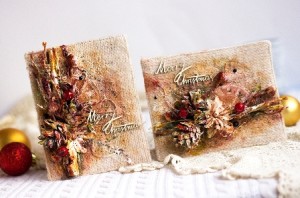
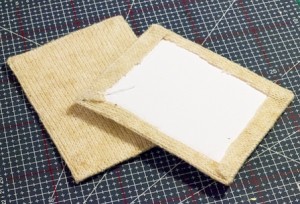
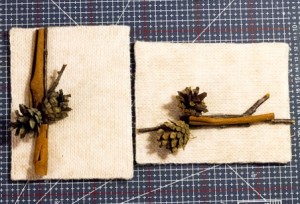
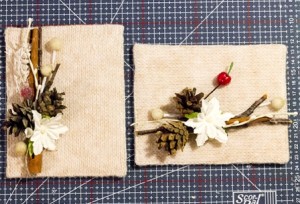
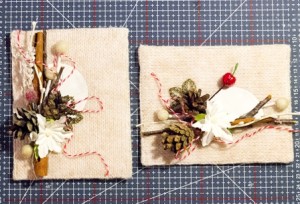
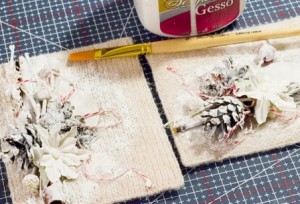
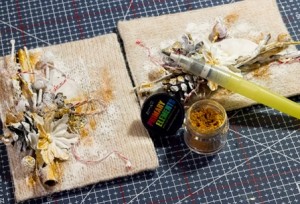
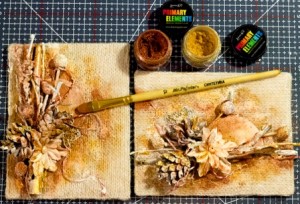
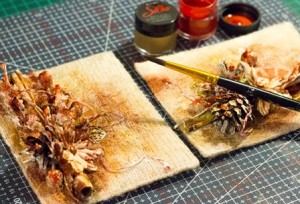
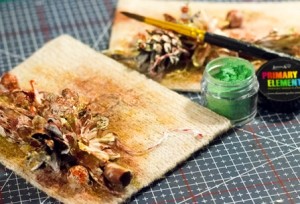
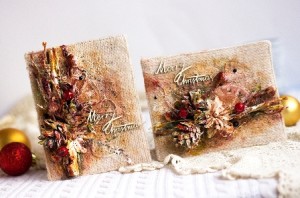
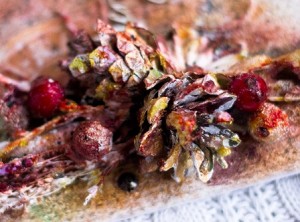
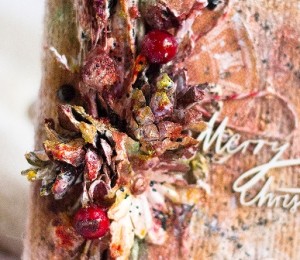
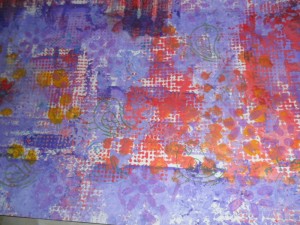
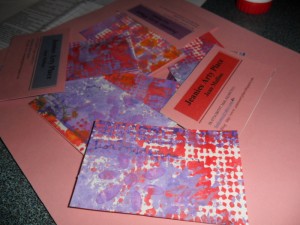
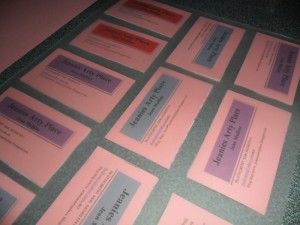
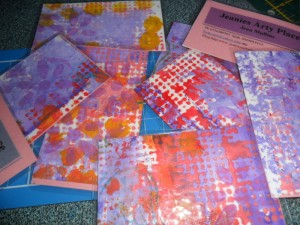
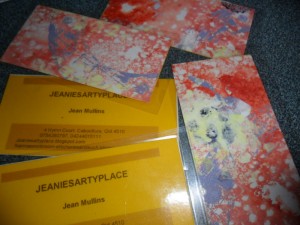



Recent Comments